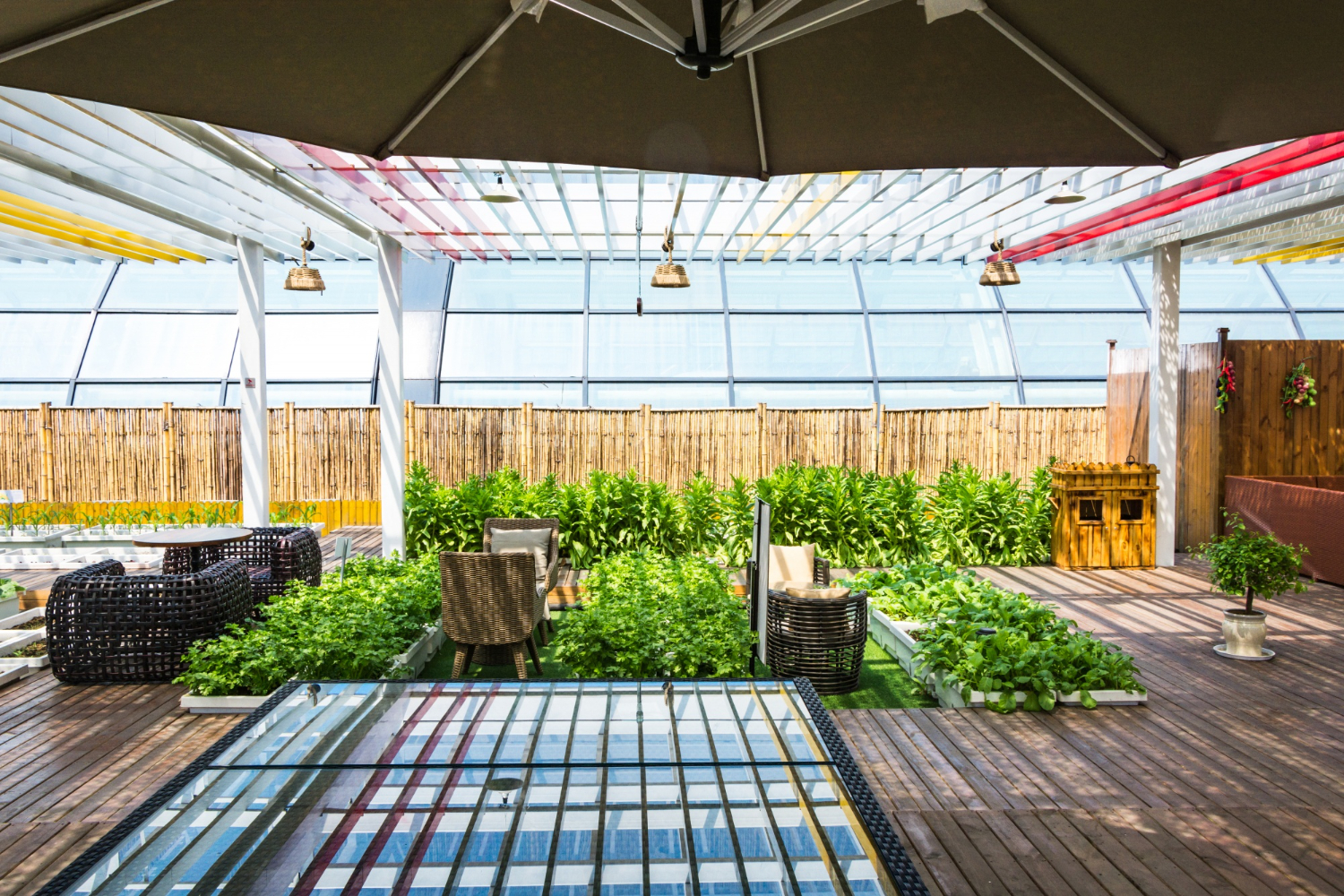Integrating your deck with the surrounding garden isn't just about aesthetics; it's about creating a harmonious and functional extension of your indoor living space. This blend of nature and architecture provides a seamless transition that enhances the beauty and utility of your home.
This article delves into achieving this perfect balance, turning your outdoor area into a cohesive oasis. The key to this integration lies in thoughtful planning and design that considers the deck and the garden as a unified whole. Following these top tips, you can transform your outdoor space into a seamless blend of man-made structure and natural beauty, creating an inviting atmosphere that encourages relaxation and enjoyment.
Tips for Integrating Your Deck with Your Garden
1. Assessing Your Outdoor Space
Start by taking a comprehensive look at your existing outdoor space. Assess the layout, the direction of sunlight, and how your deck currently interacts with the garden. This initial assessment will give you a clear understanding of the potential and limitations of your space, guiding your design decisions.
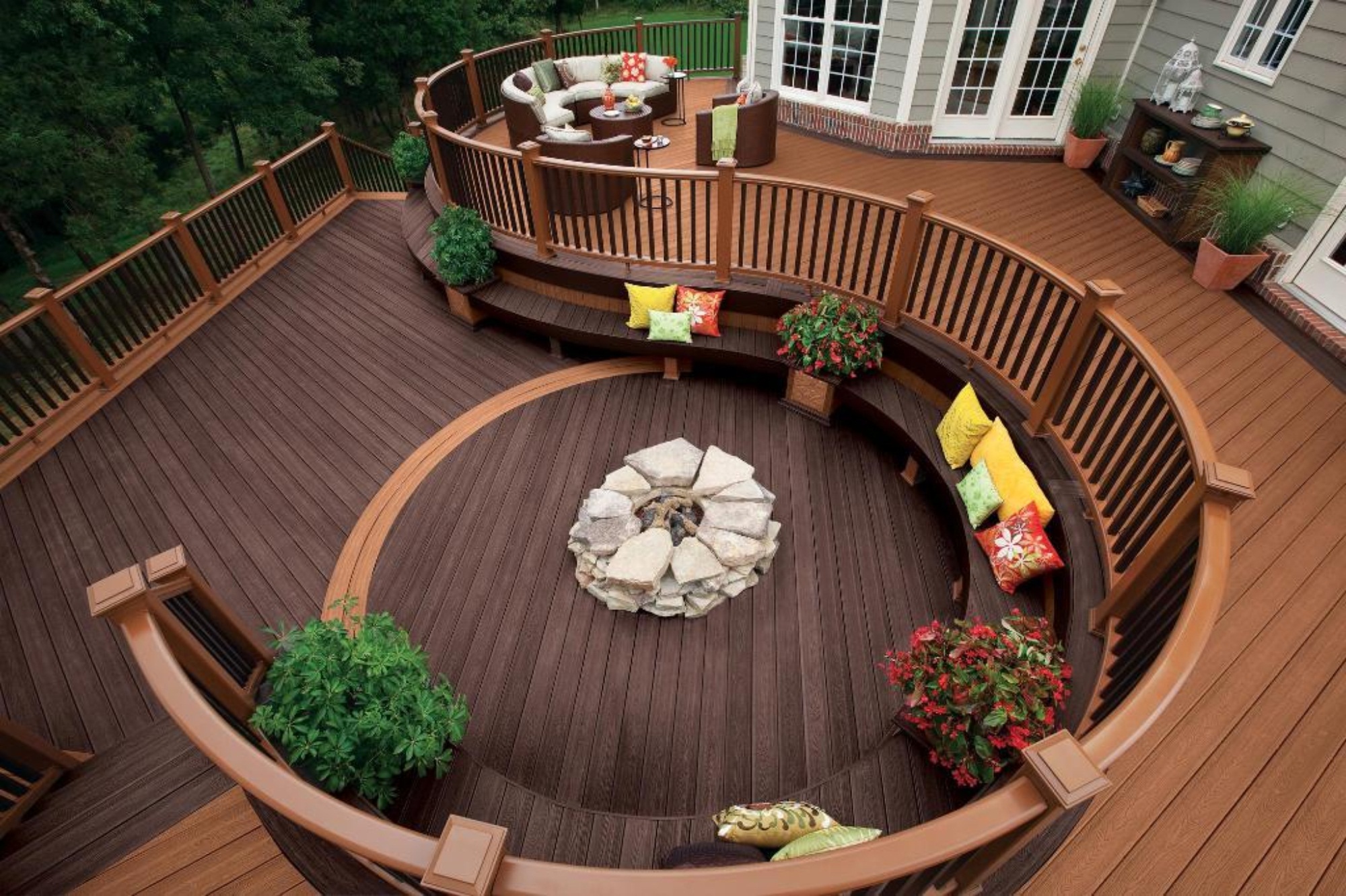
Consider the views from your deck and how they can be enhanced or altered to better connect with the surrounding garden. Also, pay attention to details like existing trees, shrubbery, and the natural flow of the space. These elements are crucial in best integrating your deck with the garden.
2. Design Strategies for Seamless Integration
Designing for integration requires focusing on the flow between the deck and the garden. Consider the lines and shapes your garden naturally forms and replicate these in your deck design. Curved decks, for instance, can mirror the organic shapes of nature, creating a more natural transition.
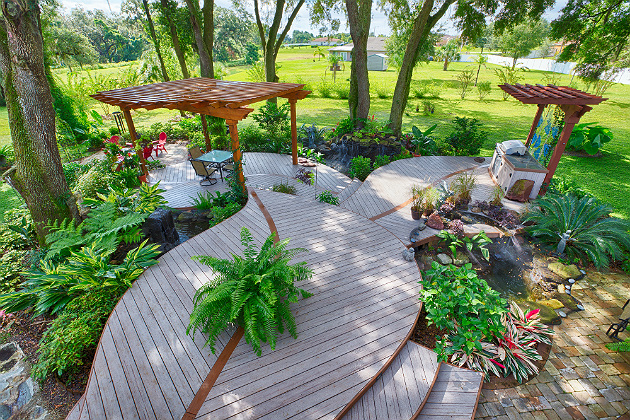
Another important aspect is the elevation and layout of the deck. Steps, levels, and pathways can be used strategically to create a smooth and inviting transition from the deck to the garden; moving into these spaces feels natural and effortless.
3. Material and Color Selection for Cohesion
Choosing the suitable materials for your deck is crucial in achieving a cohesive look. Opt for materials that complement the natural elements of your garden. For instance, natural wood decking works well with traditional gardens, while composite materials suit a more contemporary garden setting.
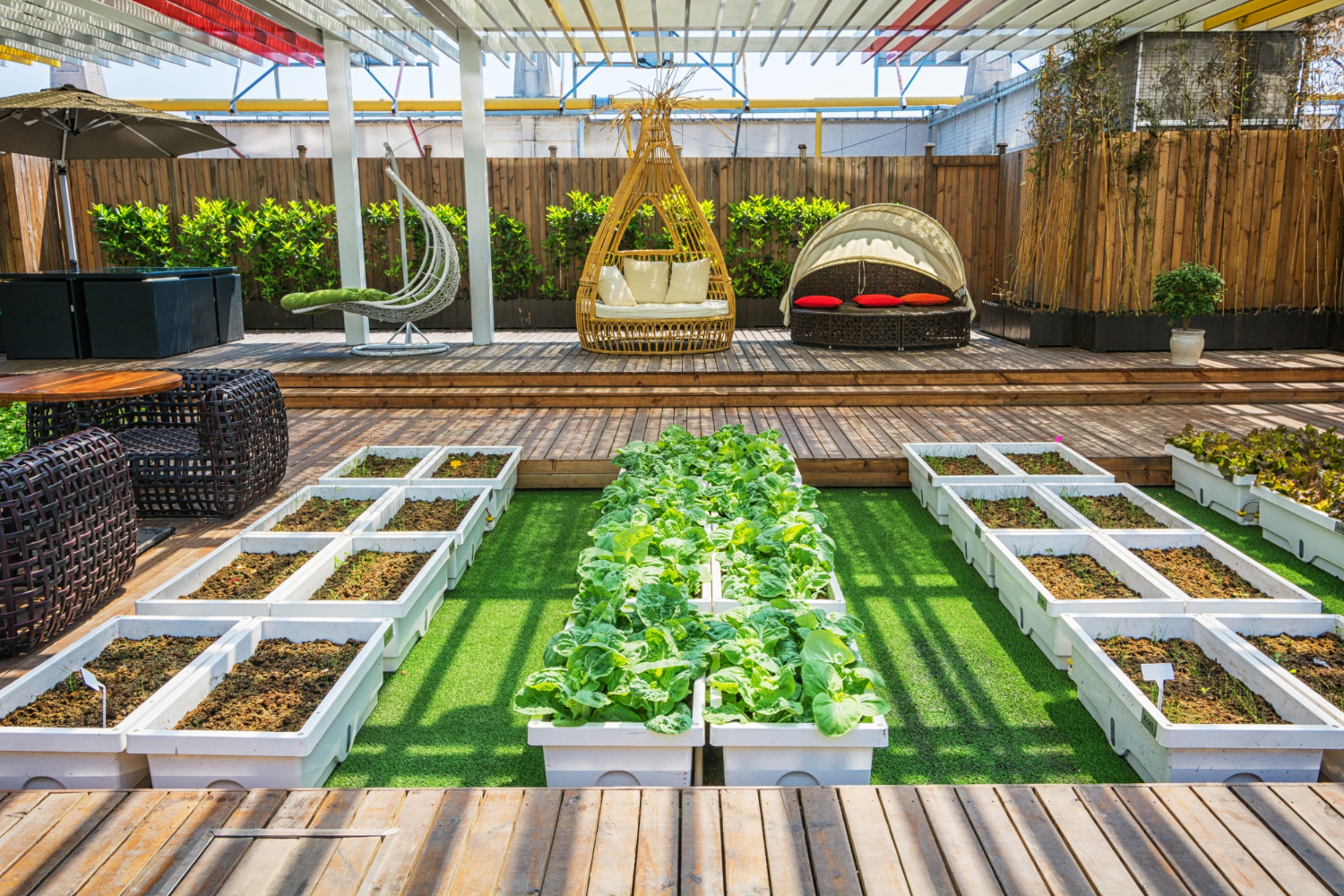
Water features can be a stunning addition, creating a focal point that draws the deck andBy integrating your deck with your garden, you create an outdoor space that is aesthetically pleasing but also functional and harmonious. It becomes a place where the comfort of your home and the beauty of nature coexist seamlessly. Remember, the key to successful integration lies in thoughtful planning, attention to detail, and a deep appreciation for the natural elements of your garden.
Colors play a significant role in integration as well. Selecting a color palette that echoes the tones of your garden can make your deck feel like a natural extension of the outdoor space. Consider the predominant colors of your garden's foliage and flowers when selecting stains or paints for your deck.
4. Blending Greenery with Deck Design
Incorporating greenery into your deck design is a transformative way to blur the lines between the built and natural environments. Utilizing elements like built-in planters or trellises adorned with climbing plants can create a verdant, garden-like ambiance on your deck. Additionally, strategically placed potted plants can introduce vibrant splashes of color and life, further strengthening the bond between your deck and the garden.
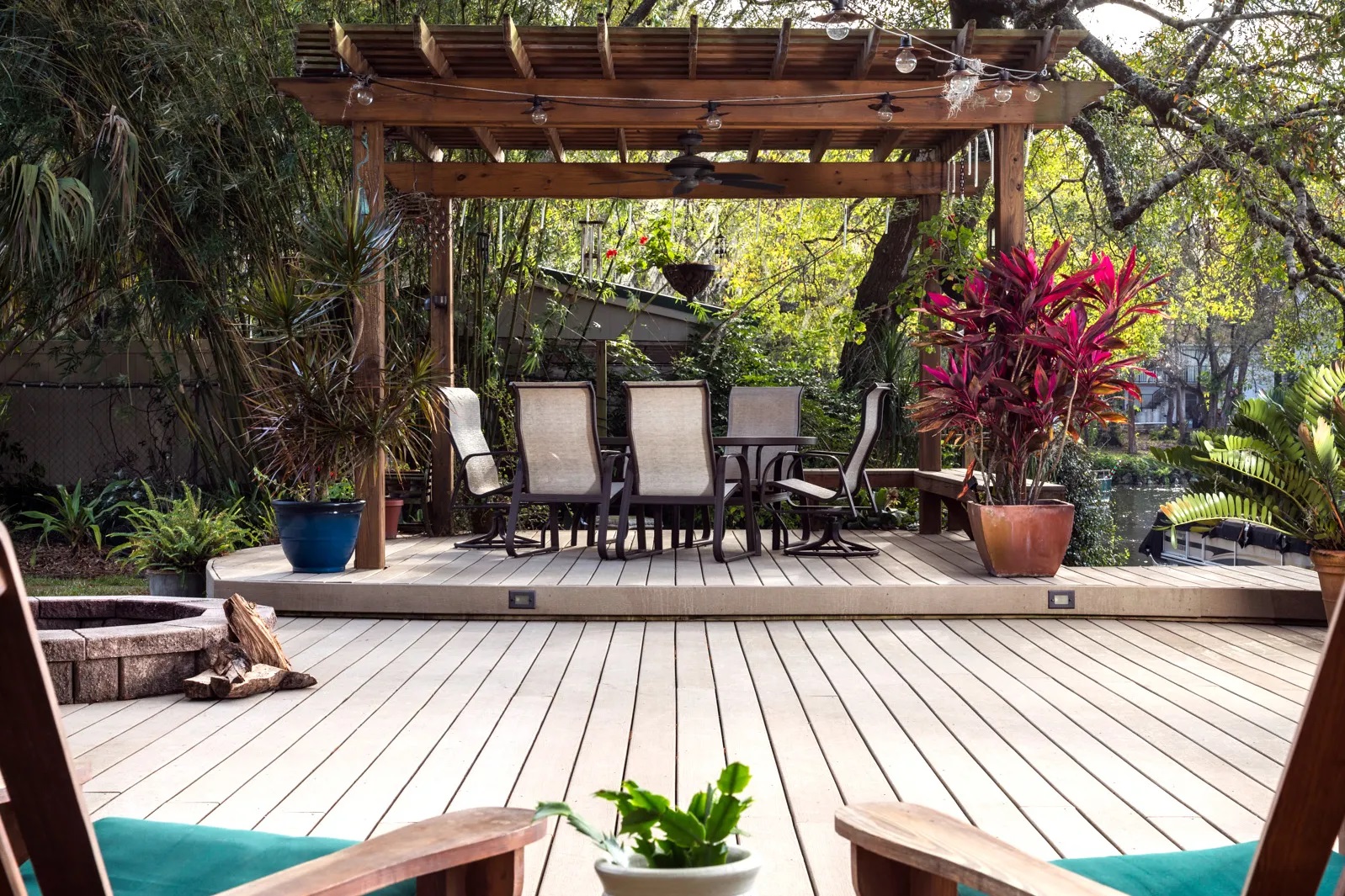
When selecting plants, it's crucial to consider the specific conditions of your deck, such as the amount of sun exposure and the presence of shaded areas. Engaging with experienced deck builders can be invaluable in this process. Their expertise can guide you in optimizing the layout and features of your deck for plant life, ensuring that your greenery choices are both aesthetically pleasing and viable in the long term.
5. Creating a Unified Outdoor Theme
Selecting the right outdoor furniture and accessories is essential in establishing a unified theme. Choose styles that complement your home's exterior and the garden's character. Whether you opt for modern, minimalist furniture or rustic wooden pieces, consistency is key to creating a harmonious outdoor space.
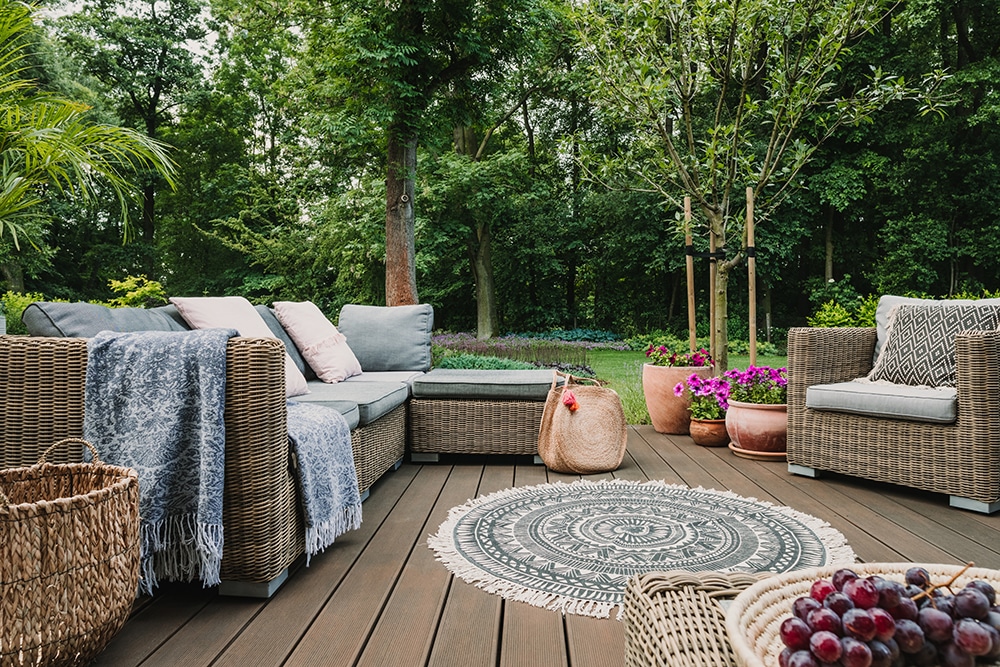
Decorations and accessories like outdoor rugs, cushions, and art can also help tie the deck and garden together. These elements complement the theme and color scheme, creating a unified and thoughtfully designed outdoor living area.
6. Innovative Lighting to Enhance Integration
Lighting is a powerful tool in bridging the deck with the garden. During the day, natural light plays a role in how the two spaces are perceived together. Carefully placed lighting can transform the area at night, highlighting key features and creating a warm, inviting ambiance.
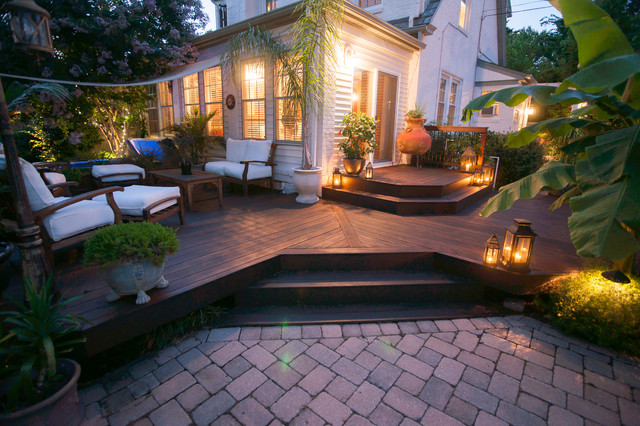
Consider a mix of functional and decorative lighting. Path lights can lead the way from the deck into the garden, while accent lights can showcase specific plants or garden features. String lights or lanterns on the deck add a cozy, festive feel, further integrating the two spaces.
7. Integrating Water Features
Water features can be a stunning addition, creating a focal point that draws the deck and
garden together. The sound of running water adds a tranquil element to your outdoor space, enhancing the sensory experience of both the deck and the garden.
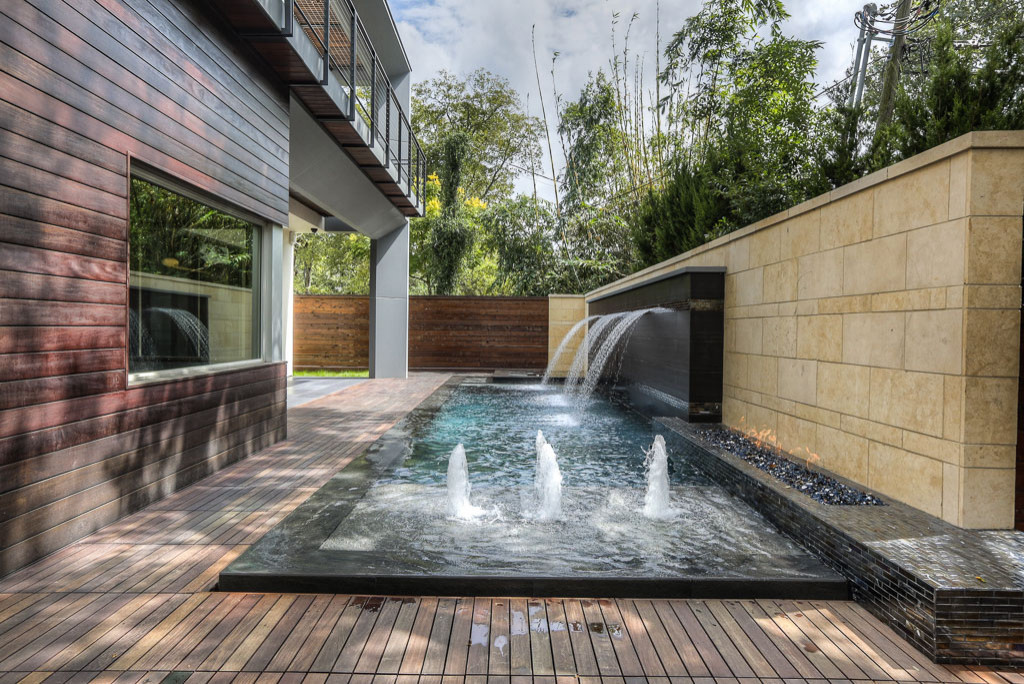
When choosing a water feature, consider its style, size, and the maintenance it will require. The feature should complement the overall design of your deck and garden, whether it's a small, serene fountain or a more elaborate pond or waterfall.
8. Adapting for Seasonal Changes
Your integrated deck and garden should be adaptable to changing seasons. In summer, your focus might be on providing shade and comfort during hot days, while in winter, you might need to add features like heaters or fire pits for warmth and use. Seasonal plants and decorations can play a significant role in maintaining the connection between your deck and garden throughout the year.
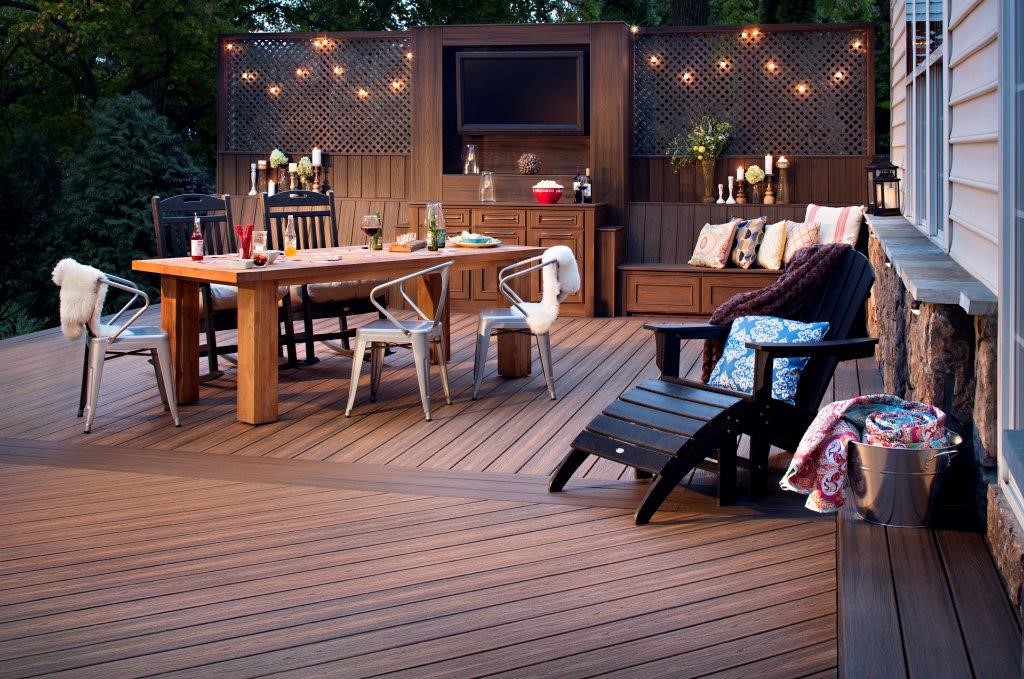
For instance, incorporating evergreens or hardy plants can keep the area vibrant even in colder months. Similarly, seasonal accessories like outdoor cushions in summer or cozy blankets in winter can make the space inviting all year round.
Conclusion
By integrating your deck with your garden, you create an outdoor space that is aesthetically pleasing but also functional and harmonious. It becomes a place where the comfort of your home and the beauty of nature coexist seamlessly. Remember, the key to successful integration lies in thoughtful planning, attention to detail, and a deep appreciation for the natural elements of your garden.

